- Learning time
- 10 minutes
- First play time
- 60 minutes
Matryoshka
Designed by: Sérgio Halaban
The Matryoshka are the Russian ‘nesting dolls’ where each smaller doll fits inside the next larger one. In the game Matryoshka, players are competing to complete matching sets of the same colour (in a run) or number.
The deck of cards contains ten suits of different coloured dolls (in our deck, some colours were very similar, so be guided by the more distinct card borders!) and at the start of the game players are dealt a hand of six cards. Before play begins, everyone places two of these cards in front of them for all other players to see, whilst the other four stay hidden in your hand.
Each round is then plays out as follows: Firstly, all players draw two extra cards from the deck. Then the active player plays one card face-up to the table – a card that they are willing to trade. Then all the other players play a single card to the table from their hand, face-down, as their proffered trade in return. The active player looks at all of them (secretly) before deciding which player to trade with. After all players have taken a turn beginning a trade the round ends and everyone collects their face-up cards back into their hand, before a new round begins. But in each subsequent round, two more cards from your hand must be displayed in front of you – meaning you are giving away more and more information about what cards you’re trying to collect.
So how do the cards score, and what constitutes a set? Cards score by being the same colour, and the same number, and a set is at least two of the same type with the same-colored cards being adjacent numbers. And a card can be part of two different sets. After the fourth round, players all discard a single card and tot up their scores, with the highest winning as a result of having the best collection!
Joe says
After one play, I'm not sure quite what I think of Matryoshka. Some games hook you in, and you want to try again immediately to test out your understanding of strategies; this one felt still fairly opaque in that regard. Perhaps more plays, as Sam says with fewer players, might shed some light on it. Very cute artwork.
The guru's verdict
-
Take That!
Take That!
None really.
-
Fidget Factor!
Fidget Factor!
Low to moderate...
-
Brain Burn!
Brain Burn!
...because Matryoshka is a game where the simple ruleset belies some tactical depth: decisions are made on the hoof, when you recognize that someone else is collecting sixes, for instance, and you have a couple yourself. Do you go after sixes as well, or use them to prompt some interesting trades?
-
Again Again!
Again Again!
Cards come out randomly, but the game itself is really about the interaction and changing dynamics between the players themselves.

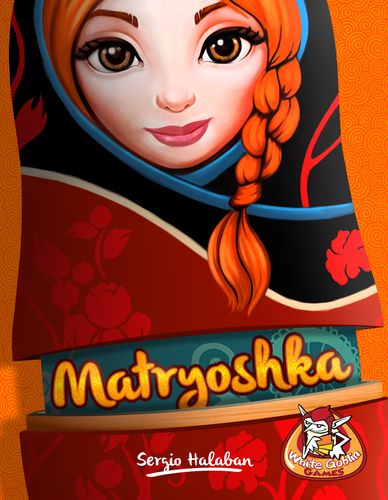



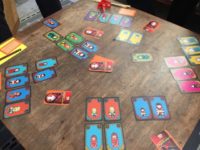


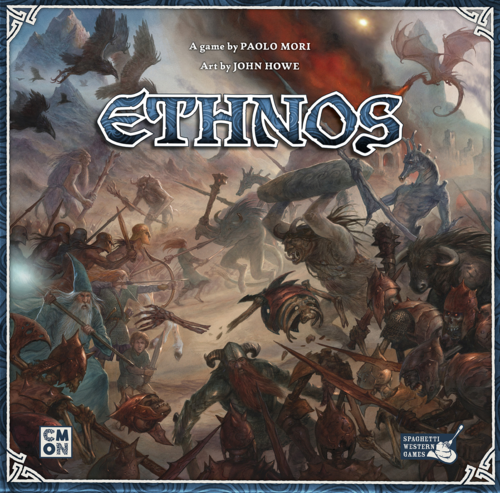
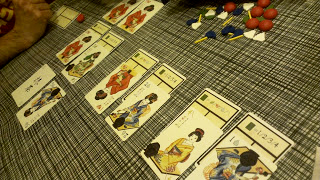
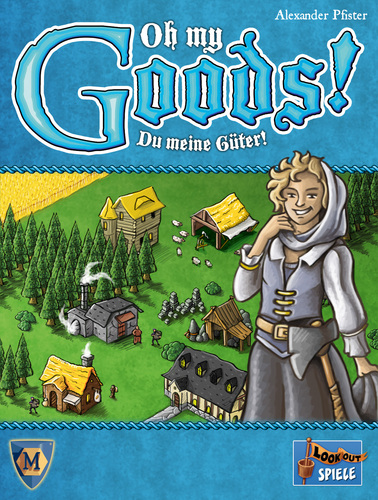

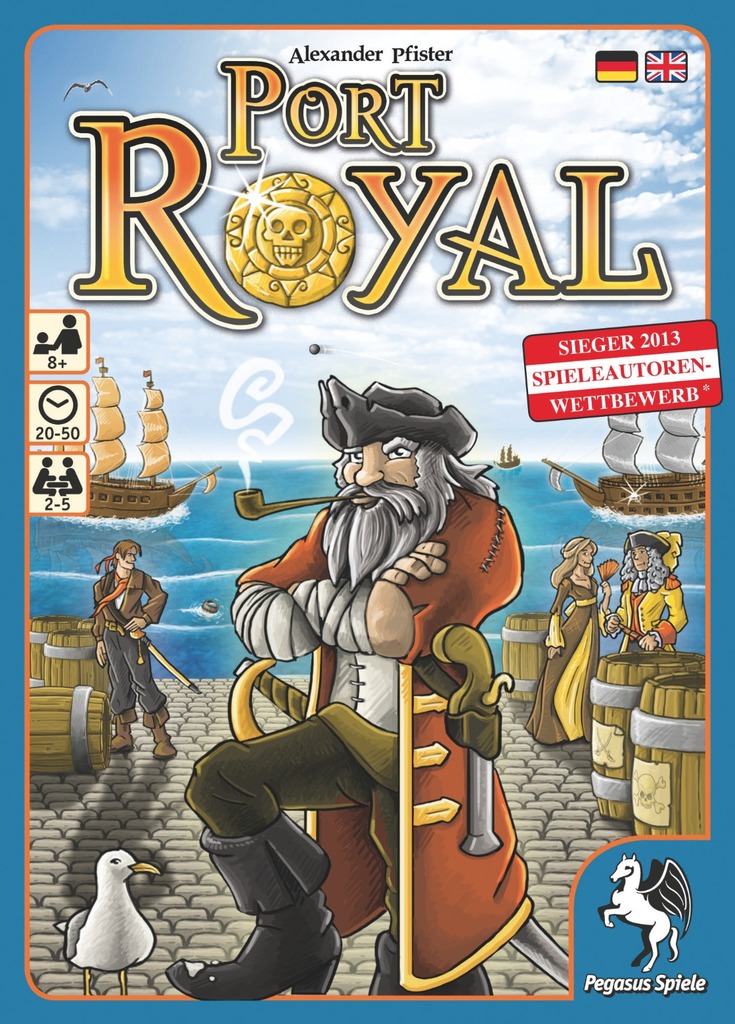
Sam says
A slightly oddball game not just in the theme, but also the mechanics of play: the longer the game goes on, the more information you're forced to give away about what you're collecting. You want to trade to get a good card, but doing so means helping someone else, and may mean breaking up a set if it transpires that nobody else wants the cards you're trying to dump either... I've only played Matryoshka once so far, and although with five players it felt there were perhaps too many of us to see the game in its best light, it was an intriguing experience that I'd be interested in trying again.